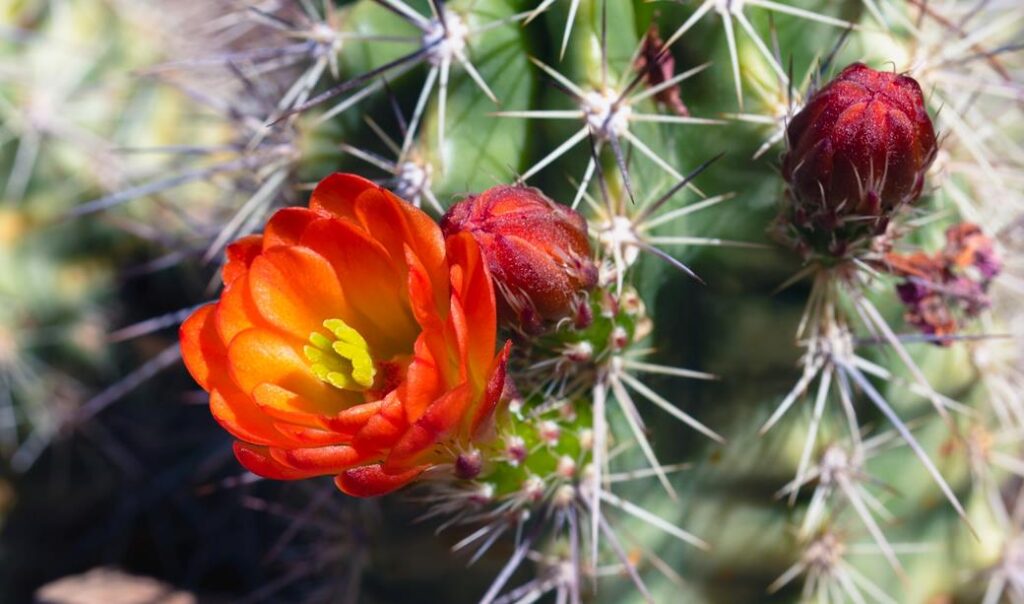Over the past 6 weeks we have seen a different type of flu type pathogen pass through our community. Just as a refresher for everyone, Chinese divides and defines viral infection according to the symptom-sign presentation. The simplest way to think about this is hot vs cold and damp vs dry. Here is a quick reference chart to make it simple.
Symptoms of…
| Heat | Cold |
| Feels hot | Feels chilled |
| Burning painful sore throat | Mild scratchy throat |
| Body ache severe | Body ache, but mild |
| Exhausted but restless | Tired but rests easily |
| Yellow or green phlegm/mucous | Clear or white phlegm/mucous |
| Profuse or easy sweating | Minimal sweating/clammy tight pores |
| Desires cold drinks | Desires warm drinks |
Symptoms of…
| Dry | Damp |
| Dry throat | Excess saliva |
| Feels thirsty | Not thirsty |
| Dry stuffy sinus | Watery mucous and sinus |
| Phlegm is thick and difficult to move | Phlegm is water and profuse |
So how is this useful? Simple, once the effect can be identified the proper therapeutic approach can be utilized. Now here is one area where TCM is different from the western or allopathic medicine. Allopathic medicine now looks for a pathogen to “kill”. Works great for a bacteria with antibiotics. Not so good against a virus.
The TCM approach seeks to change the internal environment. From cold to warm, from hot to cool, from dry to moist, or from moist to dry. Of course, the equation can get complicated for some cases, requiring a fairly well nuanced herb formula. But the basic concept is simplicity itself.
As it turns out many of the herbs used over the past 2,000 years happen to have actual antiviral effects. Herbs such as Jin Yin Hua (honeysuckle), Bang Len Gen, (Rx Isatis), have shown anti-viral effects in vitro (in the test tube), usually by stopping the viral reproductive process1.
Here is a list of common, easy to obtain household herbs and the functions.
- Peppermint – is cooling and dry, good for sore throat, liver, and allergies
- Cinnamon – is spicy, warm, and slightly dry, counters wind and chill
- Ginger – is spicy, warm to hot dispels clear and white phlegm, aids digestion, calms nausea, and regulates the liver
- Garlic – is warm and spicy with antibiotic functions
- Oregano – very warm, spicy with antibiotic, antiviral, and anti-fungal effects
- Dandelion – Bitter cool with antiviral and antibiotic effects
- Rice – is neutral with a mild dry effect

